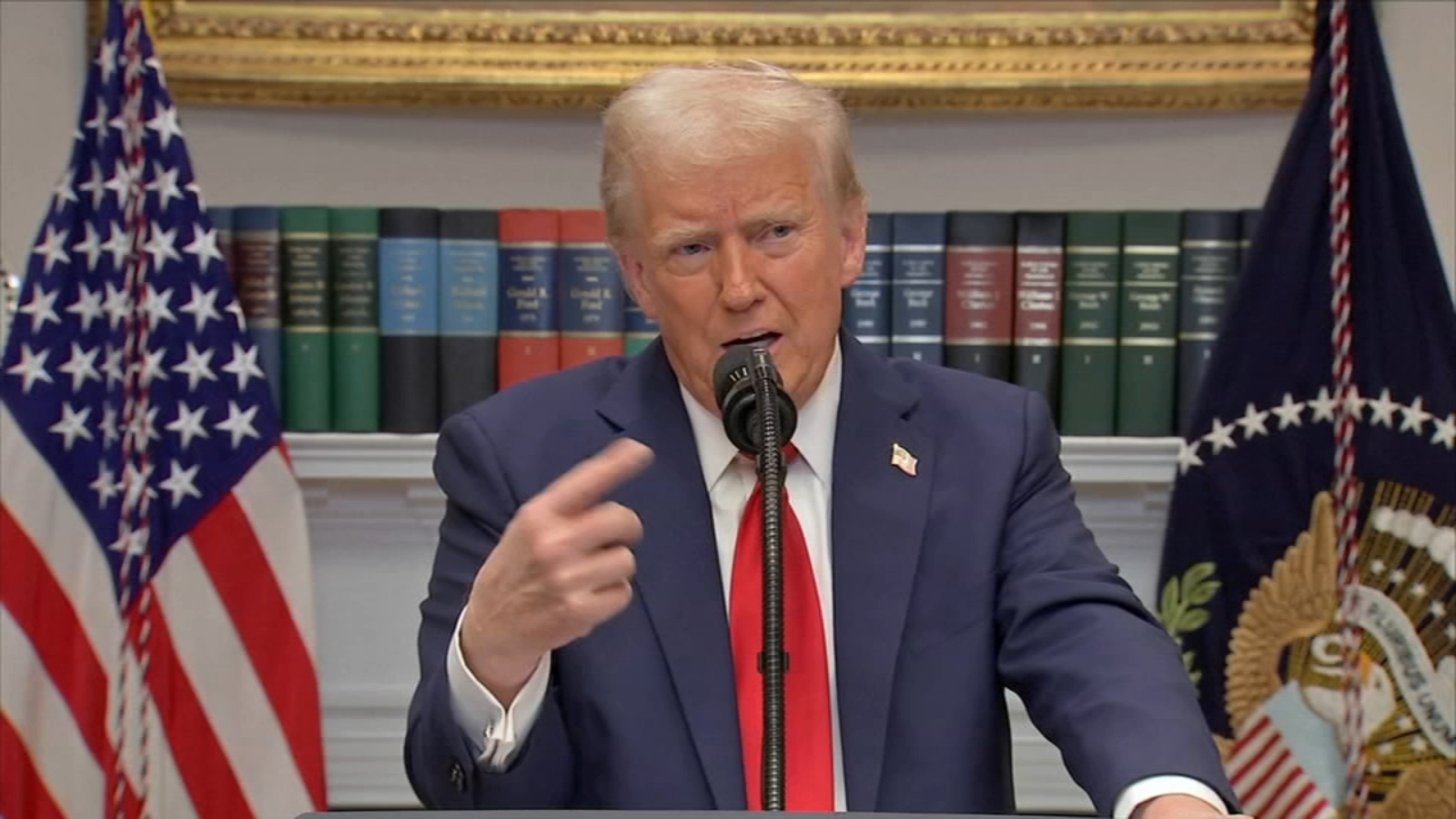Sanctuary Shielded: Federal Judge Halts Trump-Era Crackdown on Church Immigrant Protections

In a landmark decision that upholds religious sanctuary protections, a federal judge has issued a ruling preventing immigration enforcement agents from conducting raids or operations within houses of worship for Quakers and select other religious groups. The ruling marks a significant victory for religious freedom and provides a crucial layer of protection for vulnerable communities seeking refuge.
The judicial decision establishes a critical boundary between immigration enforcement and religious spaces, ensuring that places of worship remain safe havens for congregants. By restricting federal agents from entering these sacred spaces, the judge has reinforced the fundamental principle of religious liberty and the right of religious institutions to provide sanctuary to those in need.
This ruling not only protects the Quaker community but also extends safeguards to other specified religious groups, sending a powerful message about the importance of respecting religious institutions and their traditional role as places of peace and protection.

